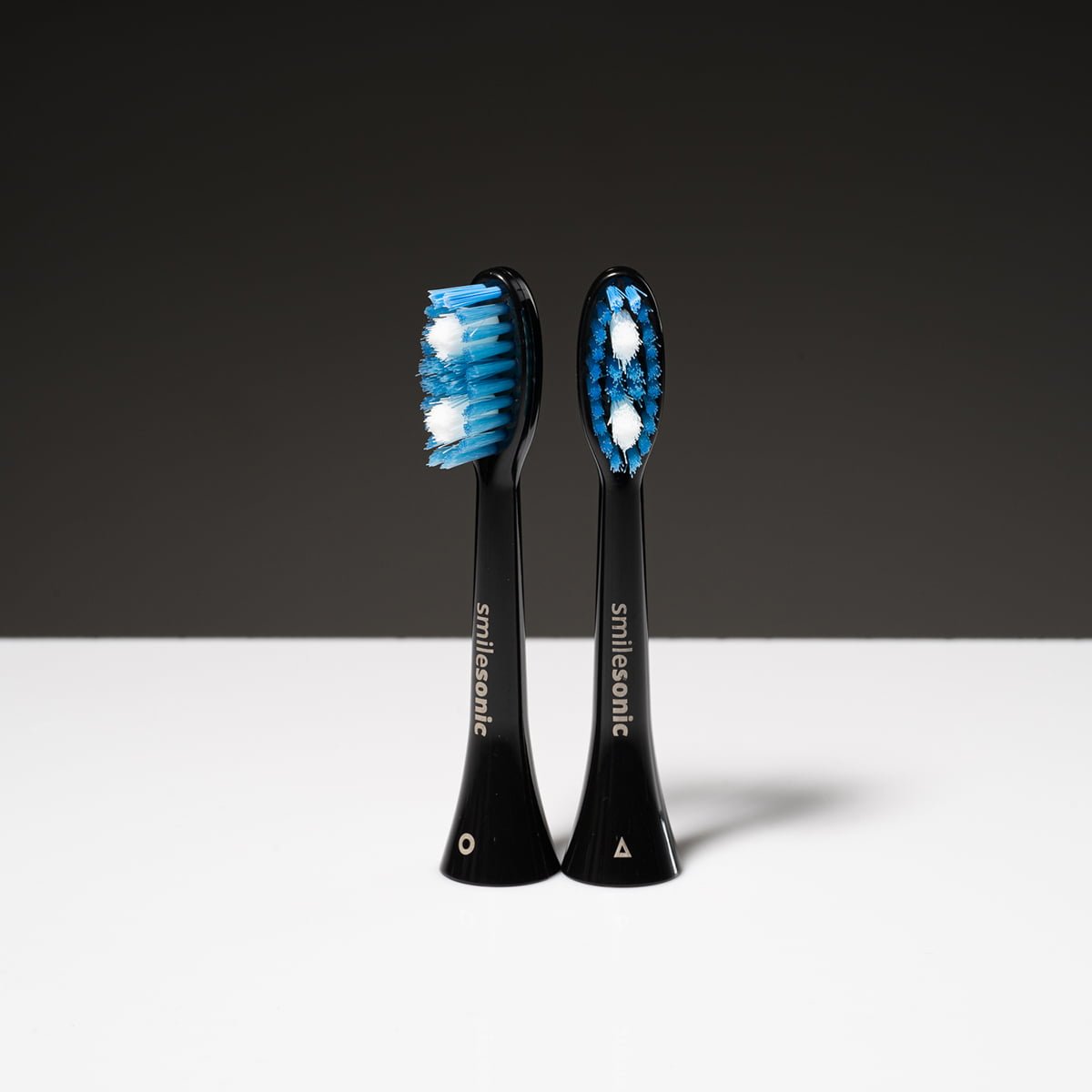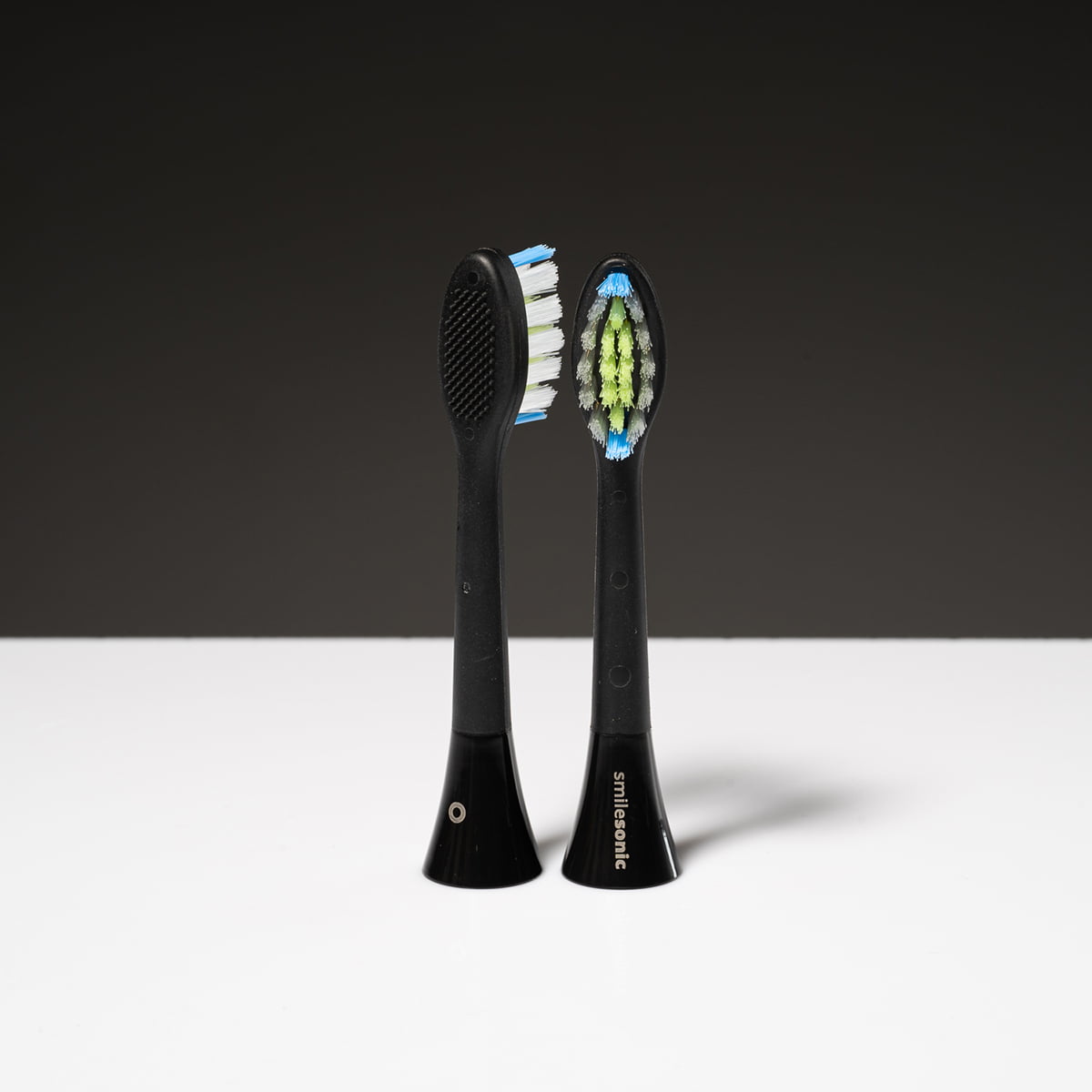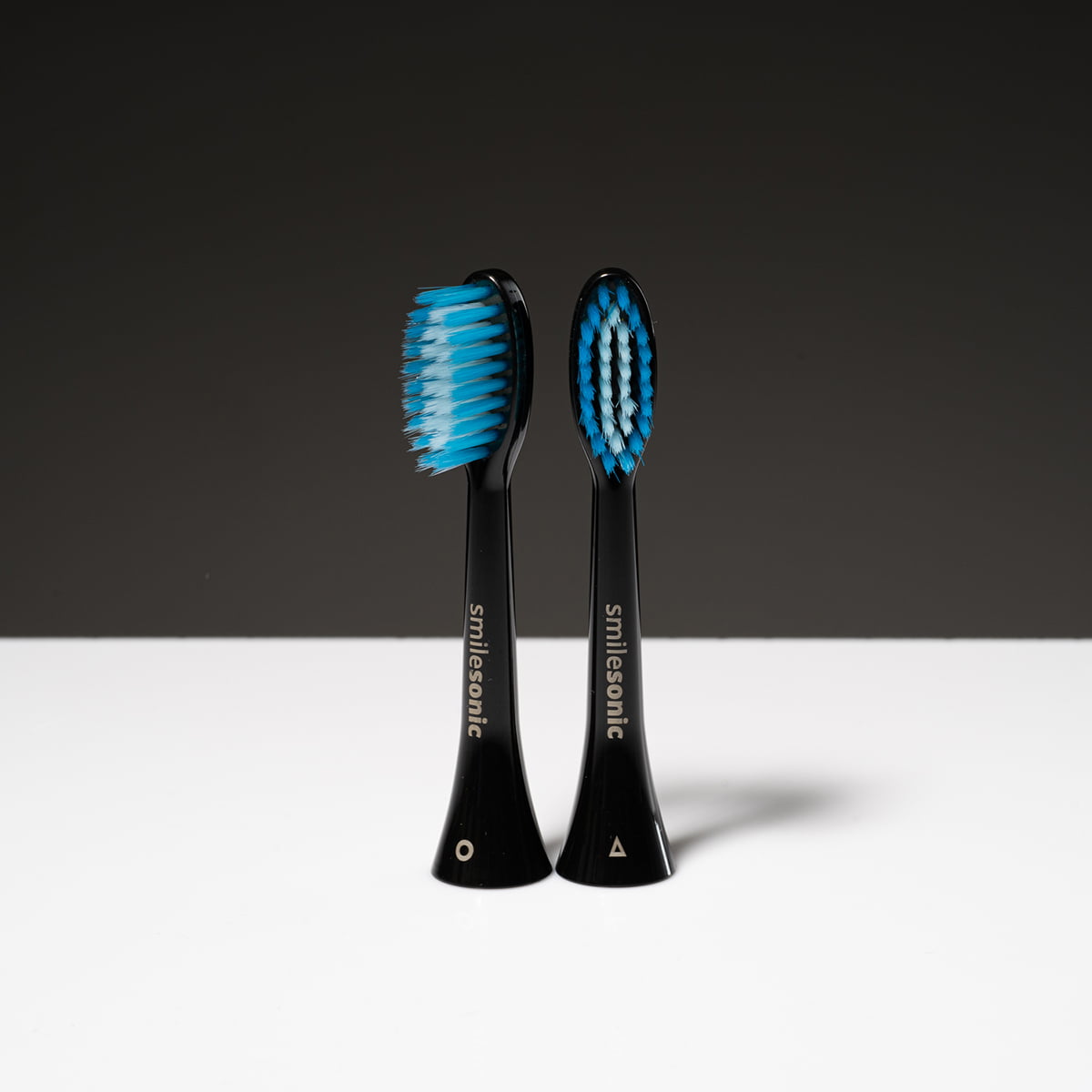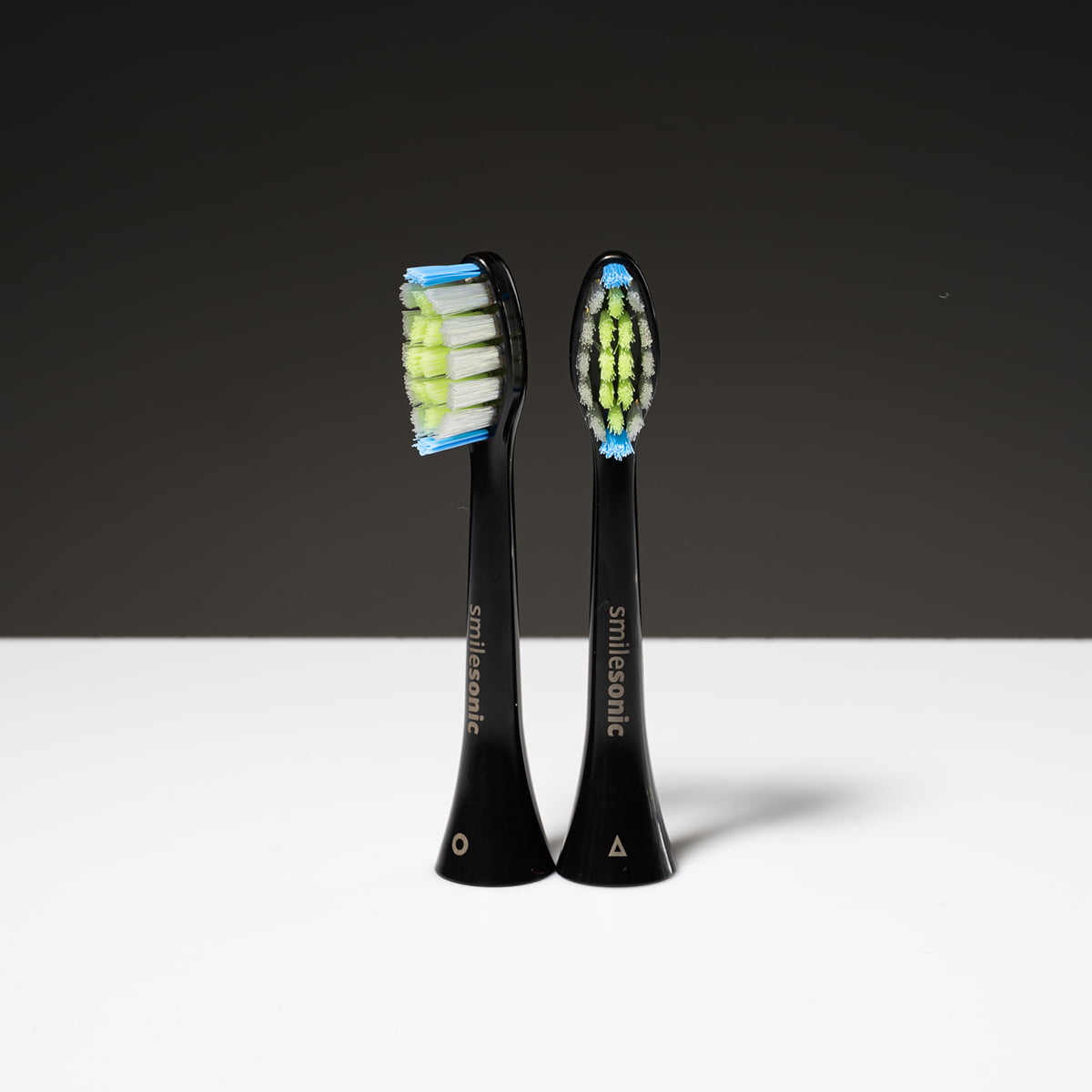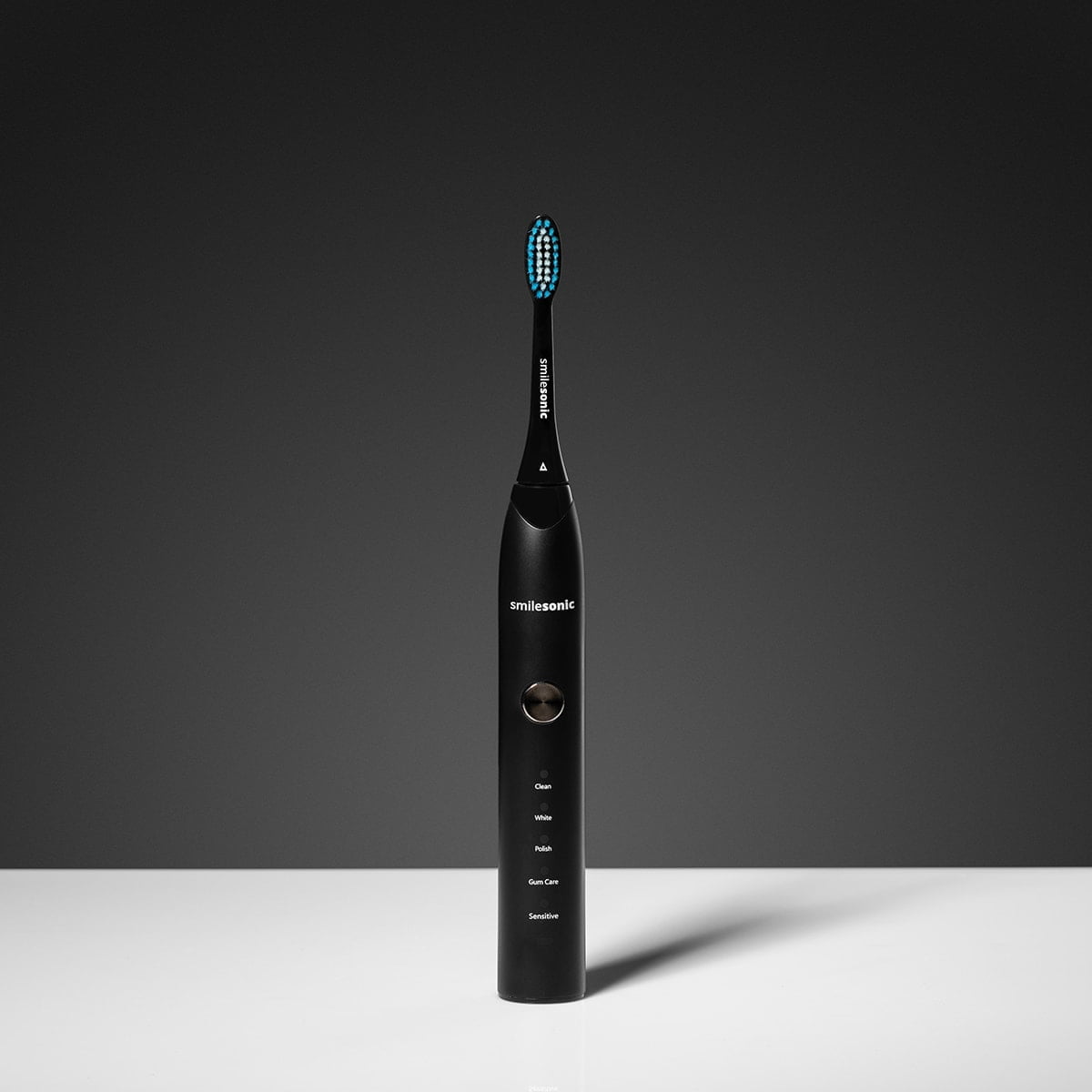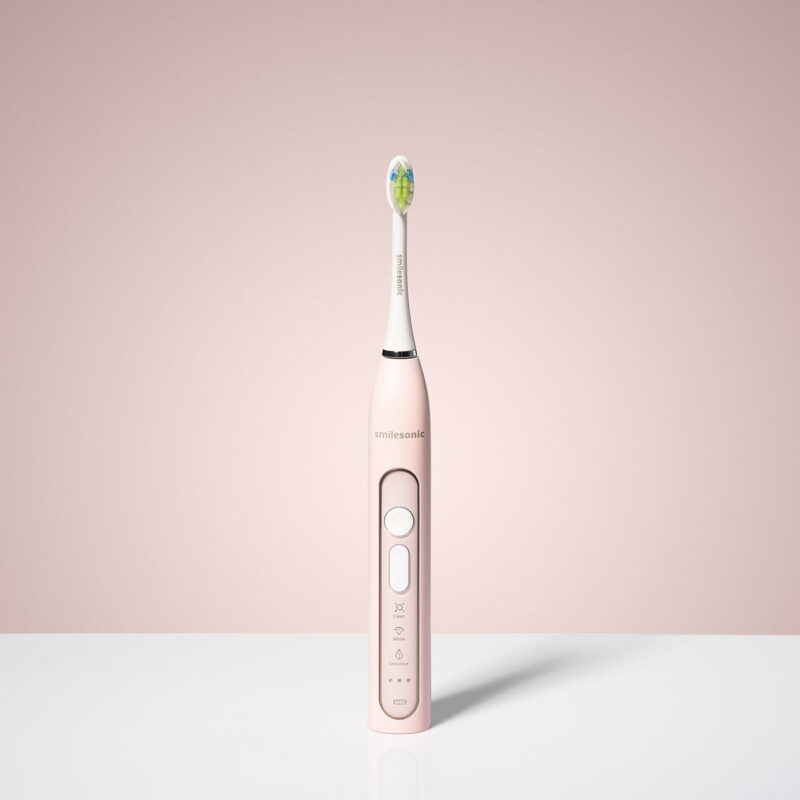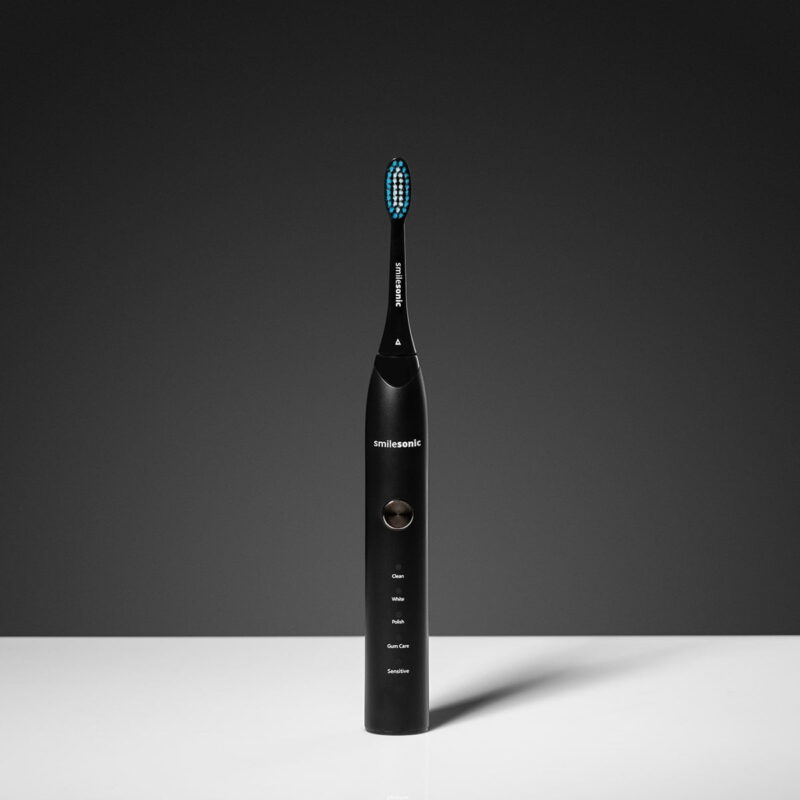What can an unnatural tongue color mean?
Everyone at least once had the opportunity to notice some unpleasant looking discolorations on their tongue. Most of them usually disappear after a few days, however some remain with us longer. Most often we deal with white, black, green, yellow and purple discolorations. Why do they appear and how to fight them?
Why does our tongue change color?
An unfavorable-looking plaque on the tongue can appear for several reasons. The most common are improper oral hygiene, stimulants (especially smoking), a diet conducive to tongue staining (consumption of foods with a large number of dyes), as well as diseases of external organs.
The tongue of a healthy person should be pink in color, and its surface should be smooth and moist. While changes in the appearance of the tongue caused by poor oral hygiene or the consumption of colored foods can be quickly corrected, problems caused by stimulants or diseases of the external organs usually require a visit to the dentist’s office and specialized treatment. In addition, in the case of such a source of the problem, in addition to the change in the color of the tongue, we often have to deal with its pain, burning, as well as roughness and swelling.
White residue on the tongue
The most common of all, white plaque appears on the tongue. It doesn’t always have to be a sign of a serious disease – sometimes it can be caused by dehydration, improper hygiene or the use of certain mouthwashes (especially those containing hydrogen peroxide). Sometimes a delicate white plaque may appear due to drinking strong coffee or tea or taking antibiotics.
White plaque, which is associated with serious diseases, is usually more intense, clearly visible, and resembles curdled milk. This type of plaque can be disturbing, especially if it is not concentrated only on the tongue, but also covers the throat or palate, and is accompanied by pain. Similar symptoms are given by, for example, oral mycosis. It occurs as a result of the development of diabetes, immunodeficiency or antibiotic therapy.
Other serious systemic diseases that may cause white plaque on the tongue include:
- anemia,
- tonsillitis,
- gastrointestinal diseases,
- typhoid fever,
- upper respiratory tract infections,
- syphilis,
- scarlet fever,
- changes associated with oral cancer formation.
Black, green, yellow, and purple coating on tongue
Less frequently, we may also have to deal with black, green, yellow or purple tongue coating. Where each of these comes from?
- Black plaque on the tongue – looks very dangerous, but usually is not dangerous at all. Well, unless it is related to kidney disease (in which case it occurs in association with vomiting, diarrhea, trouble with urination). Noticing these pathological conditions in yourself should immediately prompt us to visit a doctor. Most commonly, however, black plaque appears as a result of taking certain medications (e.g. antidepressants), using mouthwash, drinking large amounts of coffee and tea or smoking cigarettes.
- Green plaque on the tongue – a very rare problem, but one that we may have to deal with as well. Interestingly, its source has not yet been scientifically proven. It is presumed, however, that it may be related to liver diseases, consumption of green products and also… that it is a yellowish deposit, which may simply appear greenish to us at times.
- Yellow plaque on the tongue -After white buildup, it is the most common buildup on the tongue. It can occur both for mundane reasons (drinking a lot of coffee, tea, smoking), and may be related to serious gastrointestinal diseases. In the latter case, it is usually accompanied by heartburn, burning pain in the abdominal area and navel, hiccups or vomiting.
- Purple plaque on the tongue – this is also a rare, rather harmless tarnish. The bluish color of the tongue is most often a consequence of a deficiency of B vitamins (sometimes for this reason our tongue can also turn red). In such a case, most often in addition to it also appear such symptoms as headaches, general exhaustion and apathy.
How do I get rid of unsightly plaque from my tongue?
Unsightly plaque on the tongue may appear for a variety of reasons, so it is difficult to find a universal treatment method here. The key is to correctly identify the source of the problem and then eliminate it. Sometimes, it is necessary to deal with underlying diseases, other times to change medications that interfere with the bacterial flora in the oral cavity or to stop smoking.
Most often, however, in the fight against discoloration of the tongue it turns out to be effective simply to take more care of the oral cavity. In particular, we think about daily removal of plaque from the tongue with a special scraper. It is also a good idea to invest in a high-quality sonic toothbrush. Smilesonic devices can operate at a maximum speed of 96,000 vibrations per minute, which means they remove even more bacteria from your mouth and minimize the risk of staining your tongue.

